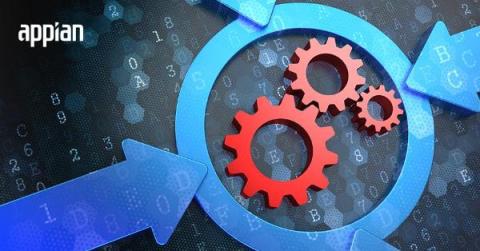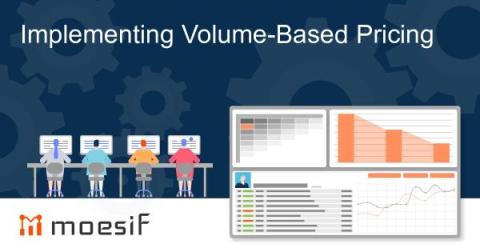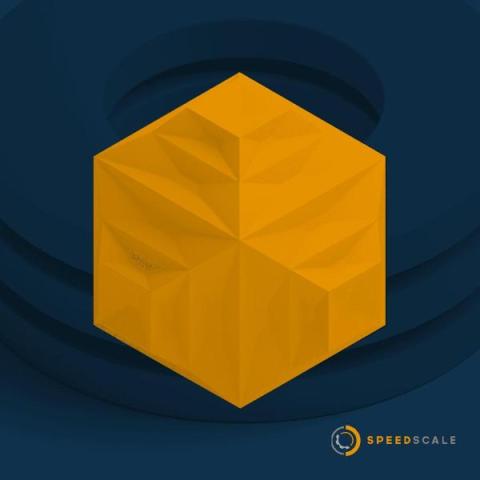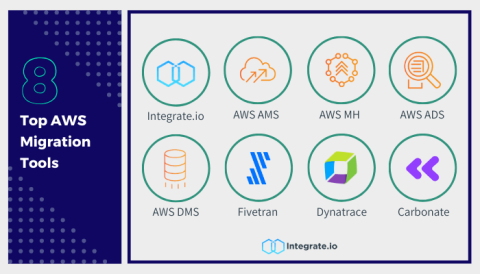Underwriting Technology: What Insurance Leaders Need to Know
Automated underwriting technology is helping insurers reimagine what’s possible for replacing manual underwriting processes. Gone is the workbench of the 80s and 90s—incomplete data, sluggish page loads, time-consuming workflows and all. And in its place? A modern, connected solution that unifies your data, automates your underwriting process, and improves decision-making for a better customer experience and a stronger bottom line.











